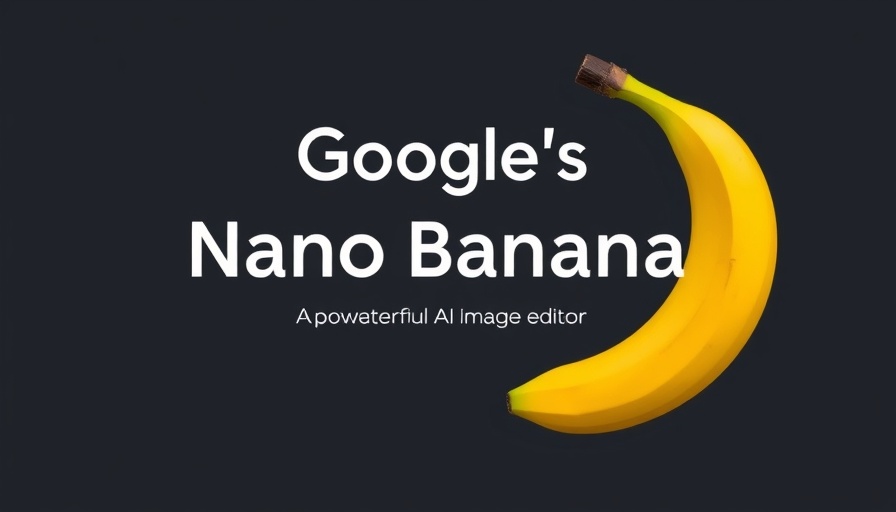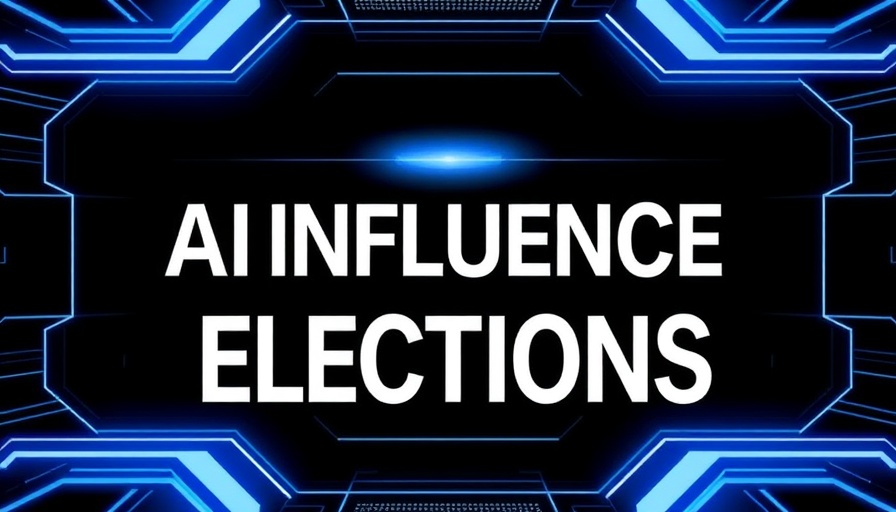
Understanding APIs and Agents
As technology continues to evolve, understanding APIs (Application Programming Interfaces) and agents is essential for developers. APIs serve as bridges, allowing different software systems to communicate, while agents are autonomous programs that can perform tasks on behalf of users. This dual concept presents exciting opportunities for enhancing functionality in applications and automating processes.
Why Developers Should Embrace This Knowledge
Familiarity with APIs and agents equips developers to create more versatile applications. By leveraging APIs, developers can integrate existing services into their applications, saving time and resources. Moreover, implementing agents can streamline tasks, automate routine functions, and improve overall efficiency. For instance, a business could utilize agents for customer support, reducing the need for human intervention while ensuring fast response times.
Real-World Applications
The applications of APIs and agents are vast. In the field of AI, APIs enable various machine learning services to work cohesively, while agents can act as intermediaries, aiding in decision-making processes. A practical example includes virtual assistants, which use APIs to pull data from the internet and agents to interpret and respond to queries. This ability not only enhances user experiences but also showcases the intersection of technology and everyday life.
Future Trends in APIs and Agents
As the tech landscape progresses, the integration of APIs and agents is anticipated to deepen, with a focus on improving automation and enhancing user interaction. Developers who embrace these trends will remain ahead of the curve, capable of crafting applications that are not only functional but also intuitive. Understanding these components will be crucial for anyone looking to innovate in a rapidly changing digital ecosystem.
 Add Row
Add Row  Add Element
Add Element 



Write A Comment